-
Posts
1,227 -
Joined
-
Last visited
Content Type
Profiles
Forums
Articles
Gallery
Downloads
Events
Posts posted by SReynolds
-
-
The best method to counteract the pop with the bellows is to have a head of air when water is applied (lightly sprinkled) and continue for 30 seconds or more. Same may be true for a crank blower? I only use the crank blowers on factory or home built forges, never with the large hearth forge.
Below is the coal gas house in Oberlin and the hearth forge with bellows
My father informed me that a fellow had died inside. He apparently could not locate a corner to take a leak in.
-
I second that. On both accounts.
-
-
I can and have a pretty good pop. An explosion? Maybe so. It sends the counterweight airborn. No damage so far. Three in six years time. If I knew what caused it I'd be more careful. But when it did; I had just added water to forge fire. You don't need water anyhow. I stopped using it years ago. Never an explosion since then.
-
Yes. That big or more. New leather? You generally want to take it to a leather shop. Or buy leather and DIY.
-
Red. They were red. A medium or dark? I don't know. But yeah. Red.
-
I learned today , at a tractor show/swap meet/flea market you cannot weld high carbon steel as you loose all high carbon steel properties when you weld it.
I was quite taken back by that as the guy who is selling machine shop lathe tools and lathes told me that when I asked about buying lathe bits.
I mean; if your in the machine shop trade and work with carbon steels..........
-
I was smithing that day. At a historical village with visitors, during a special event. I was a guest at the forge. Not my home-based historical shop, mind you. I was not there to experiment with making my own finishing agent. I'd like to, though.
However, that said, he had bees wax inside a tin. I don't know why. I mean, why inside a tin-can???? You can guy it in cake form. I mean; everybody knows that. I told him I wanted it removed. So I could use it. But you don't simply go to another mans operation and start taking stuff apart. Well, I **have** , but it was to rid his forge blower of the mess of duct tape and bale wire wrapped about his blower to secure the flex pipe to it. Anyhow, what was I saying? ...................so yeah. I'm respectful of what others do. Even to the point of not correcting then when they do something wrong or the hard way. I like to "suggest" another method and allow the Smith to decide,.
So he hands me the tin of burts bees salve. I used it as it is very soft. Like warm butter.
I seriously doubt I'd ever make my own finish. It is far too easy to simply grab-up a can of Johnson's Paste Wax. It has everything in it folks want to custom mix and it is available most anywhere. Sounds like fun to mix up your own. I have been intrigued by that. I don't understand what Japan Dryer is but I don't have time to mix up a batch of finish when somebody else already done it. And put it inside a convenient can.
-
I have several cans. I generally only use it in winter, yes.
Oily. Very oily.
-
Visiting a smith recently at a historical site and he only had bees wax in a can. Hard bees wax. In a can. I wasn't sure what to do with that, outside of peeling the tin can away.
He apparently uses Burt's Bees hand salve. So I tried that. I guess it's ok. But real oily. It contains six (or seven?) oils along with other greases, bees wax and flavorings. Anyone tired that? Not something I'd peruse as the cost is quite high. And oily.
-
It is not a popular blower. It is the bottom of it's class in terms of their blowers until the Eureka 140.
They are the cheapest made in their line-up due to lack of internal machine work such as ball bearings and bushings.
Having said that; I use one. As well as the other least inexpensive unit; the Eureka 140. I like them. They work real well. They are not popular as the Midway 70 and 400 were the better made units and more popular.
I have never had to take it apart. Thus I'm no help at all. Sorry. I did make a nice pipe adapter for it which I take zero credit for.
Most folks jump the wagon in front of the horse and employ duct tape . I guess that is what works best ???? All I done-did was remove that mess and slide-on a two-foot section of 3" exhaust pipe. The end is upset to set another pipe into it. Perfectly suited to slip over the forge blower. An exhaust pipe hanger serves as a clamp.
It is worth mentioning that I use it as is. I can't do that with the 400. They are full of ball bearings and require special repair and attention.
By the way. Your blower is a "Lancaster" not a no.1 Maybe that will help.
Picture of the ad
-
I'm simply going to ask him why, -when I go Friday.
I obviously isn't right when you look at pictures of shops on this and any other forum. Pictures in contemporary books. Historical books such as "to draw upset and weld" and thousand upon thousands of factory made forges.
I simply asked a fellow blacksmith as to why the local county fair spent the amount of money they did to construct a beautiful shop of solid hardwood and stamped concrete floor etc and mount the 400 forge blower so far away. His reply was; "obviously don't know what they are doing".
I didn't argue with him about forge or blacksmith shop police.
-
Good point. But what books mention would be null and void concerning factory made forges whith the blower mounted on it.
-
It is. But the event, featuring many crafters and Pioneer era activities is next week. The pic is from last year. I may show up to ask.
I appreciate who set up shop and move about. It exposes the craft to the public. It be alot of work to move about. I'd have to do it in a way that is inquisitive. Not demeaning.
-
Our local (county) newsprint features a nearby event on front page. Pictured is a blacksmith of over twenty years experience.
So why is he stretched out to reach the forge and the blower crank ? I recently visited a shop a bit up north the same way. I had to stand along the side of the forge to reach the champion 400 blower.
Is this the latest style like your jeans around the bottom of your butt or am I missing something?
-
I teach blacksmithing regularly and find most beginners (98.9%) cannot swing a hammer well enough to draw/ taper 1/4" square Let alone heat it properly. That takes about 1.5 hours.
Basic instructions/tooling/safety/fire management/steel characteristics/terminology/etc etc takes 3.5 hours.
Giving 3 hours to "make" something.
That is my first day class. To walk out the door with an S-hook and what some would consider to be a nail is an accomplishment.
Not humanly possible to have a beginner swing a hammer for 8 hours.
My second day is 8-hours of forging. Many leave after 6 hours or even lunch break, yet complain about day one as there isnt 8 hours of hammer time.
My third day is same as above and involves all forge welding projects. By this time they are humbled.
-
-
The cannon description didn't say. It did describe the weight which was same for a Peter Wright anvil so I assumed it is what I know as English Hundred Weight ......if that is correct.
-
Horseracing anyone ?
Today at the racetrack (Saratoga in New York) I leared what stone weight is from talking to the famous track announcer Tom Durkin.
Funny how things work out.
-
I don't know about stone weight. I was Iinformed it is English hundered wight. It explains how to figure the weight same as the Peter Wright anvil.
-
-
........was at blacksmith supply store today. you guys know what they look like so no pic.
500 pound. Probably not exact but that is the advertising weight. $3,500.oo (7.00 /pound? )
Typically chipped corners but quite servicable. No brand name. I was informed that it looks like Trenton. Which it does. He collects anvils and said Trenton did not stamp name on all their anvils especially their early ones. I guess they didn't know if folks would like them so didn't want to advertise if they turned out to be junk. just my opinion, I don't know why anyone would forge a huge anvil and not want folks to know about it.
If he doesn't sell it soon, it will be going to SOFA meet for a positive ID ......and to glote over the $7.00/pound asking price.
-
I don't know what English. But this is the same public that believes all blacksmiths make swords. And shoe horses.
-
I have been corrected by the general public(many a time) that the person inside the building is the smithy. So if your name isn't Smith. .....you are the smithy.
So obviously, according to the general public; Longfellow got it wrong.

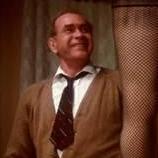
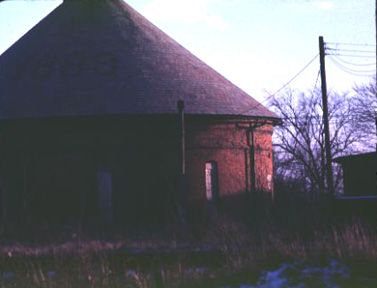
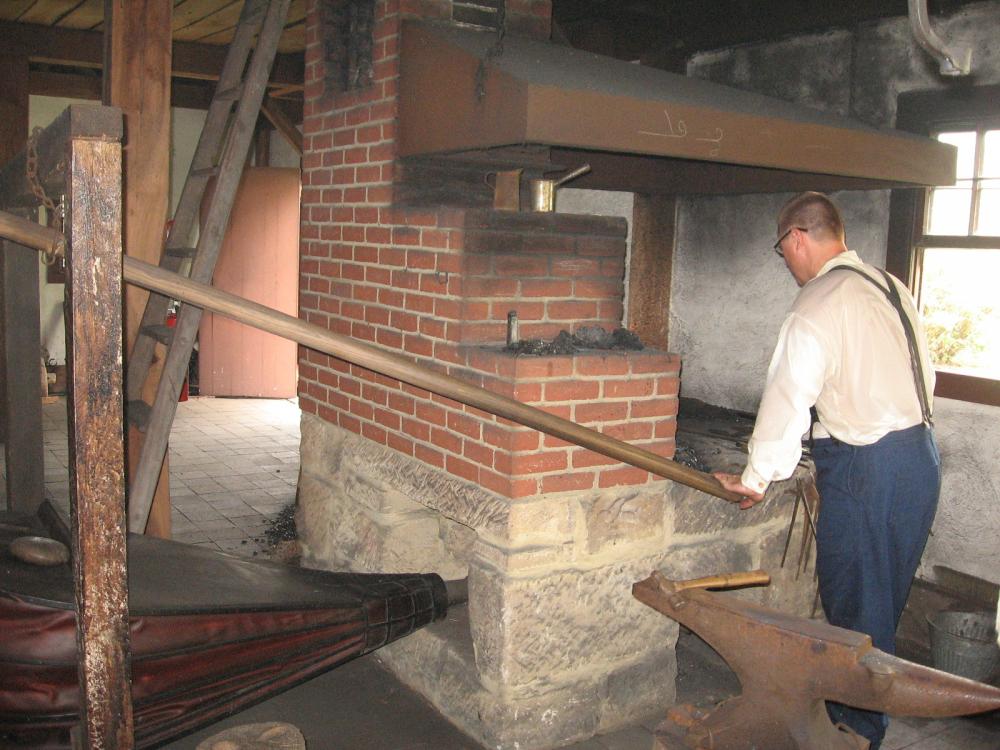
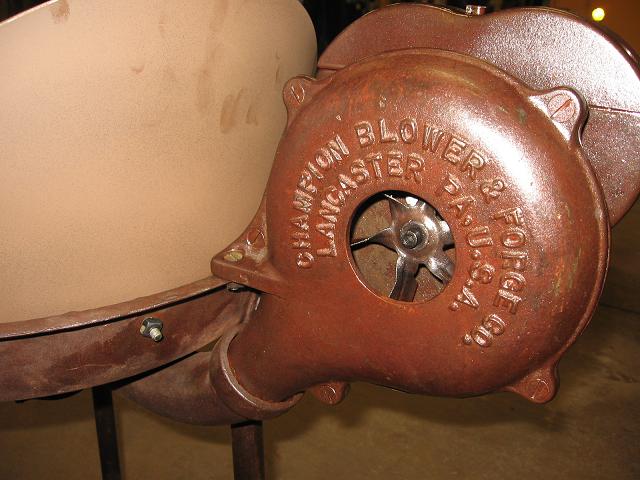
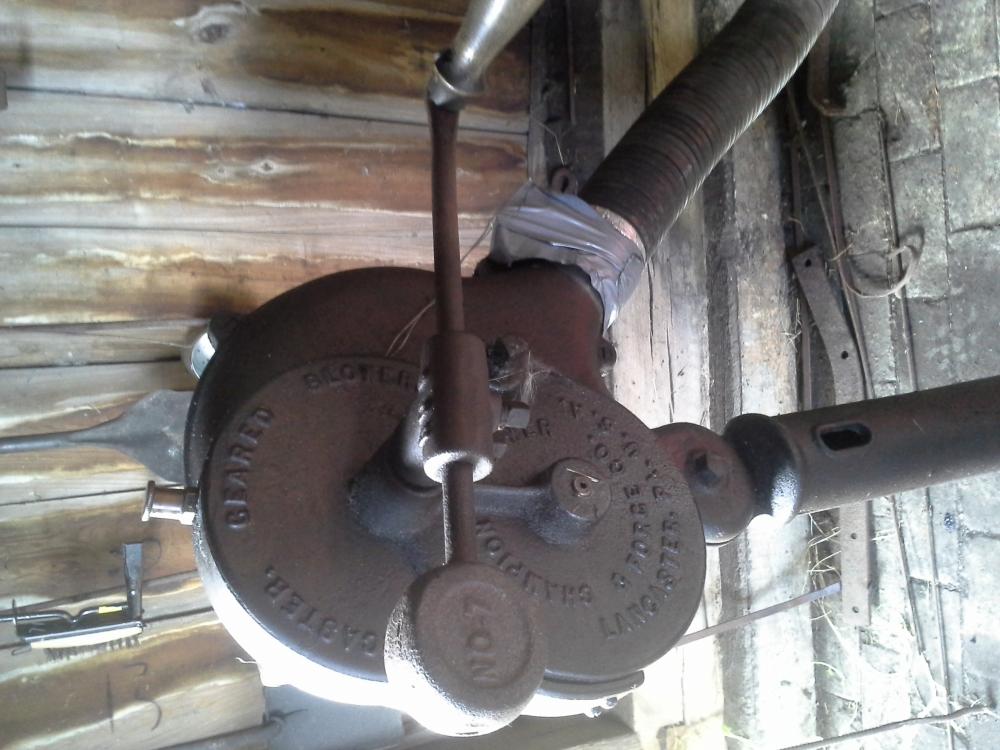
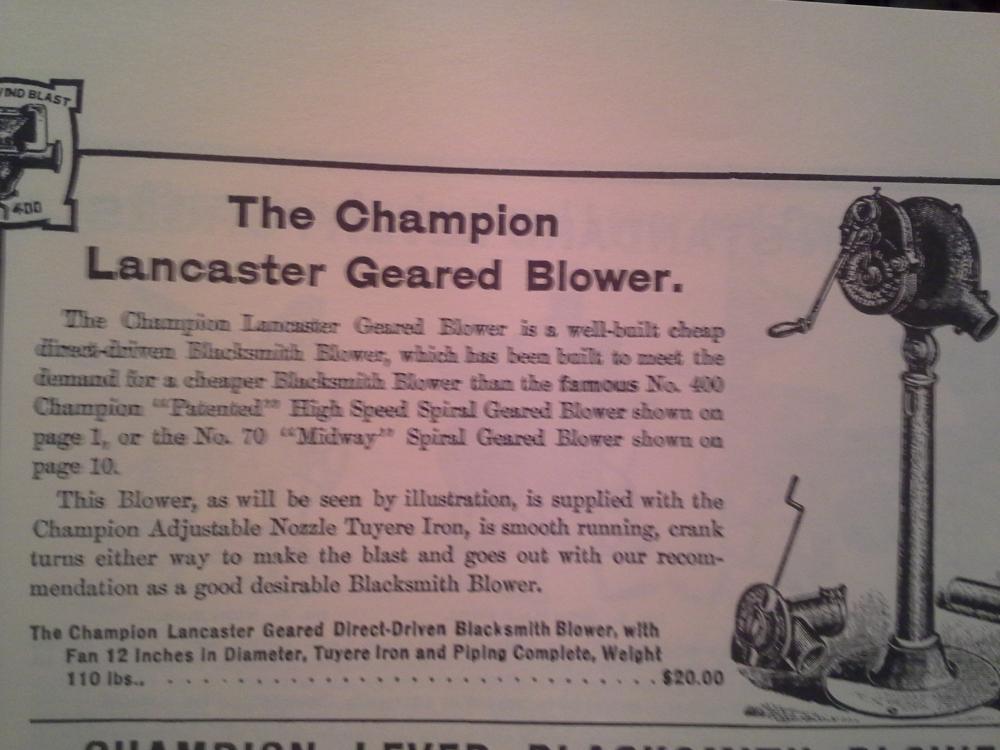
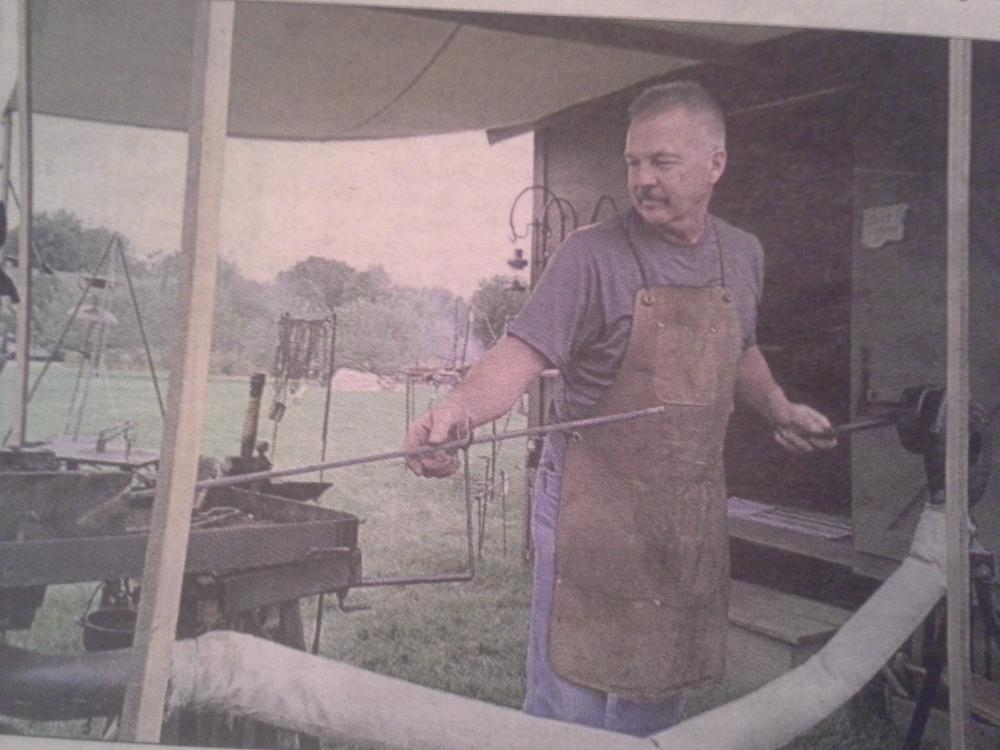
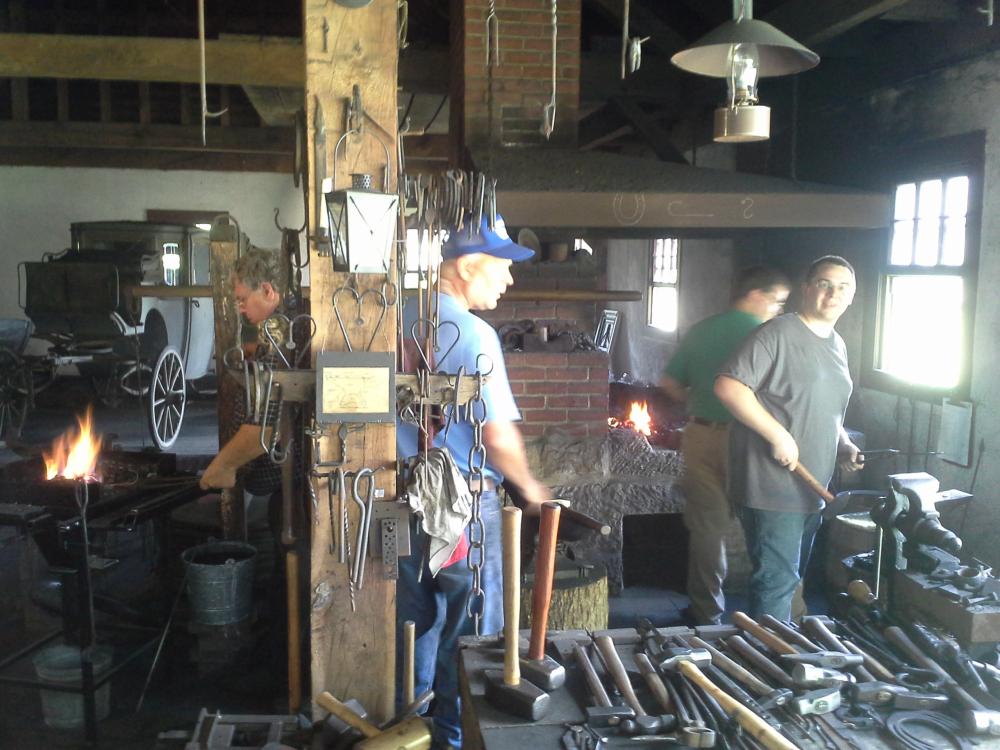
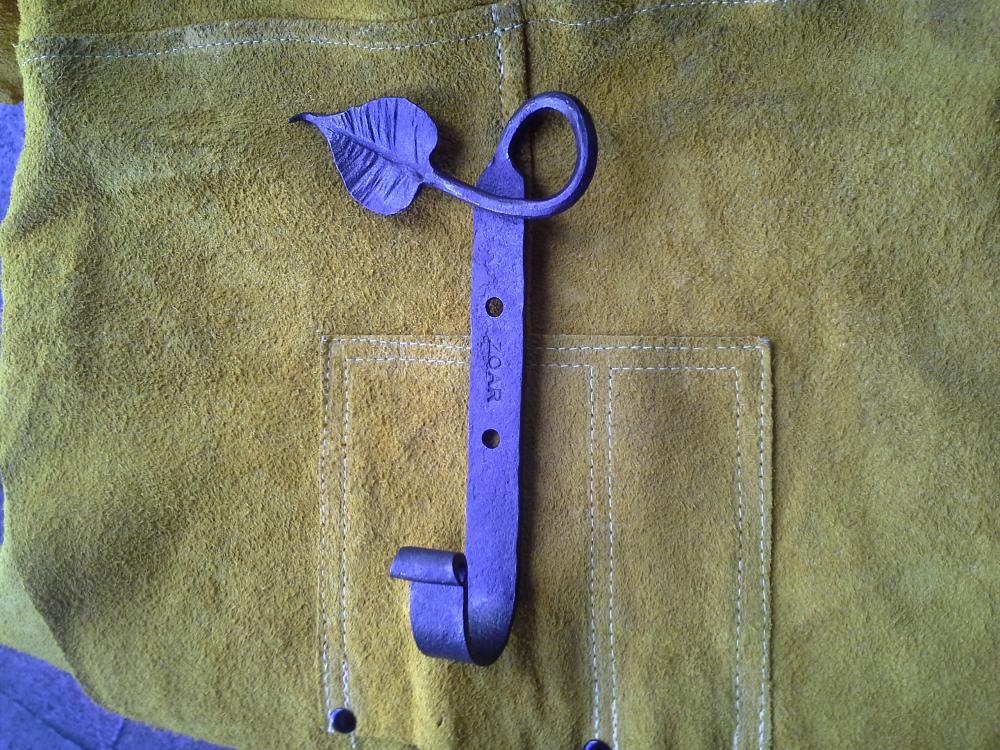
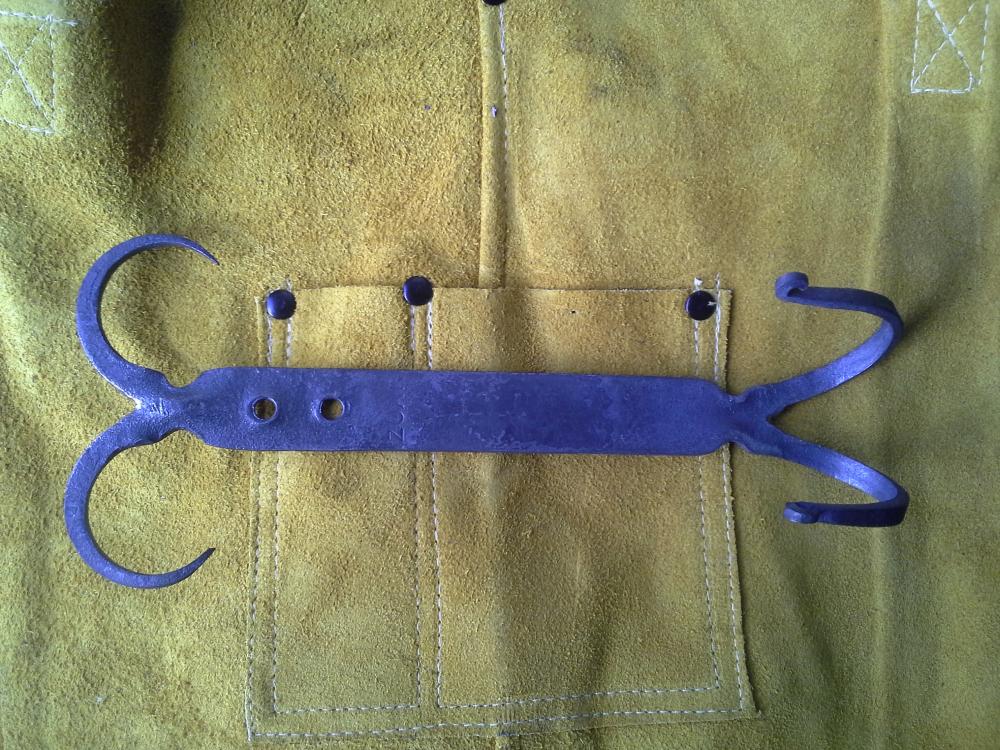
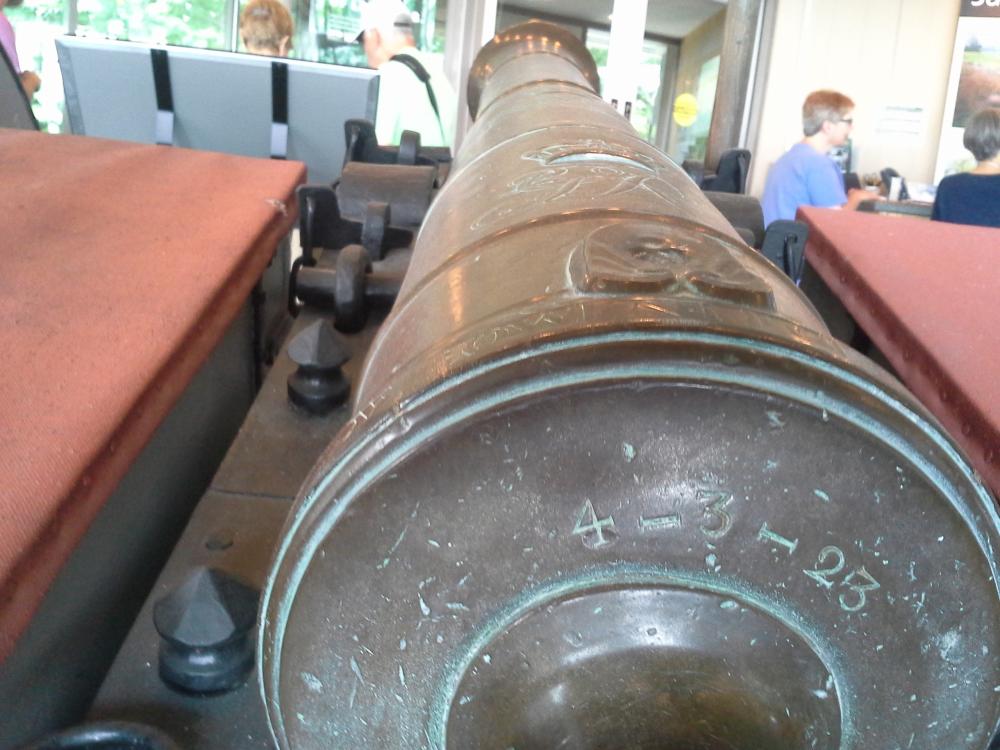
Forge weld didn't weld completely
in Problem Solving
Posted
I poke. I do that. I ask questions to see what folks know. Be aware! If somebody asks you something there is no shame in saying "I don't know". But to stand there and run your jaw is embarrassing.
So, yea,,,I ask questions to folks when I already know. One fellow told me the vertical cone aka Bick, placed into the hardie hole is for punching holes on the backside of steel stock.
If I be asking you what a tool is intended for at SOFA meet, I know. I'm simply testing the waters.